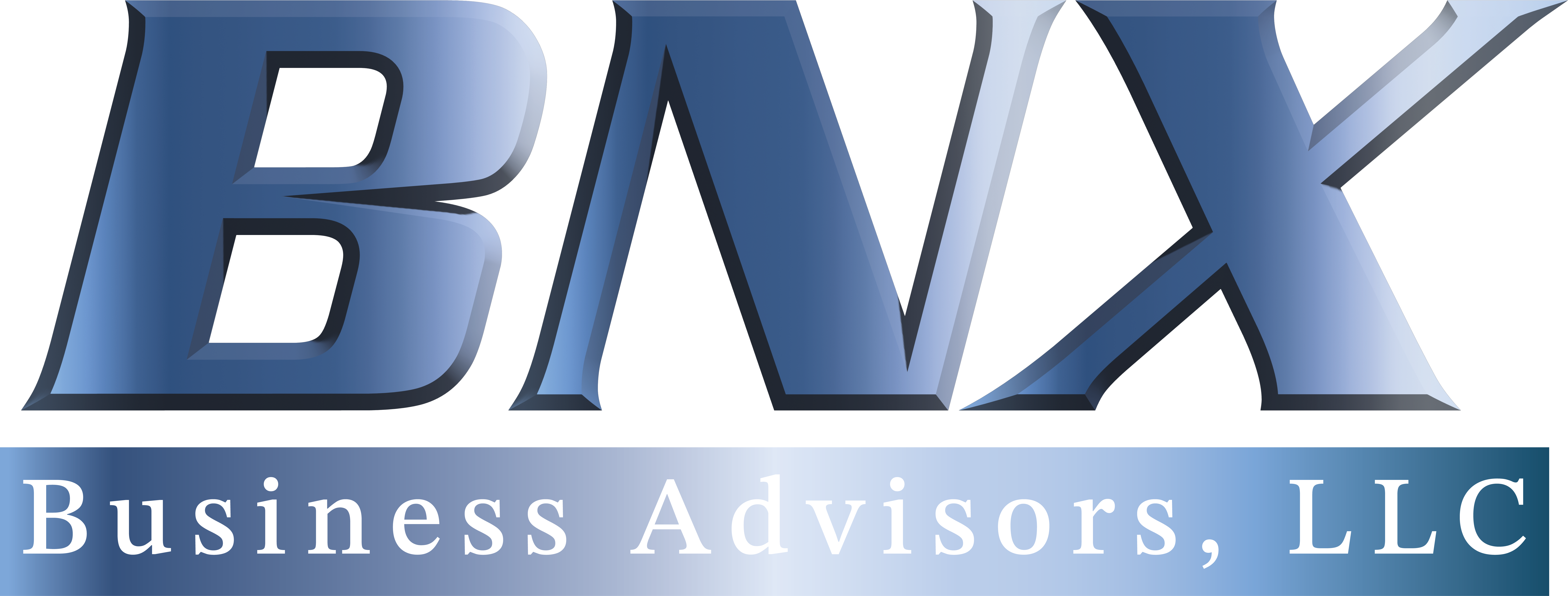
Balancing Well-being and Productivity
Introduction:
In the modern world, achieving a healthy work-life balance has become increasingly challenging. However, the concept of work-life integration has emerged as a solution, recognizing that the boundaries between work and personal life are no longer strictly defined. Work-life integration emphasizes the importance of balancing well-being and productivity by blending work and personal responsibilities in a way that meets individual needs. In this blog, we will explore the benefits of work-life integration and provide strategies for achieving a harmonious balance between work and personal life.
- Redefining Work-Life Balance:
Work-life integration shifts the focus from a strict separation of work and personal life to a more flexible and integrated approach. It acknowledges that personal and professional responsibilities can coexist and should be harmonized in a way that supports overall well-being. Rather than striving for a perfect balance between the two, work-life integration encourages individuals to find a personalized blend that aligns with their priorities and values.
- Establishing Boundaries and Priorities:
While work-life integration blurs the lines between work and personal life, it is crucial to establish boundaries to prevent burnout and ensure dedicated time for personal well-being. Set clear boundaries by defining specific working hours, allocating time for personal activities, and communicating these boundaries with colleagues and family members. Identify and prioritize the aspects of personal life that contribute to well-being, such as self-care, family time, hobbies, and relaxation.
- Flexible Work Arrangements:
Flexible work arrangements are instrumental in achieving work-life integration. Negotiate with your employer for options such as remote work, flexible hours, or compressed workweeks. Such arrangements allow for a more personalized balance, enabling you to tend to personal commitments while maintaining productivity. Utilize technology and digital tools that facilitate remote collaboration and communication to stay connected with colleagues and maintain efficiency.
- Time Management and Prioritization:
Effectively managing time and setting priorities are key elements of work-life integration. Practice efficient time management techniques such as creating to-do lists, setting realistic deadlines, and breaking tasks into manageable segments. Prioritize tasks based on urgency and importance, ensuring that both work and personal obligations are addressed effectively. Be mindful of time-wasting activities and strive for productivity in order to free up time for personal pursuits.
- Self-Care and Well-being:
Prioritizing self-care and well-being is essential for achieving work-life integration. Take care of your physical and mental health by incorporating activities such as exercise, mindfulness, and adequate rest into your routine. Schedule regular breaks during the workday to recharge and prevent burnout. Establish healthy boundaries around technology usage to minimize distractions and create dedicated personal time.
- Communicating and Setting Expectations:
Open communication with colleagues, supervisors, and family members is crucial for successful work-life integration. Clearly communicate your needs, limitations, and expectations to all stakeholders. Set realistic expectations with your employer regarding workload, availability, and personal commitments. Engage in regular conversations with family members or household members to ensure a shared understanding and support system.
- Embracing Flexibility and Letting Go of Guilt:
Work-life integration requires a mindset shift that embraces flexibility and lets go of guilt. Accept that there will be times when work demands more attention and other times when personal obligations take precedence. Recognize that achieving a perfect balance is unrealistic and that flexibility allows for a more sustainable approach. Release guilt and focus on being fully present in whichever domain you are engaged in, whether it’s work or personal life.
Conclusion:
Work-life integration offers a holistic approach to balancing well-being and productivity. By redefining the traditional boundaries between work and personal life, individuals can create a customized blend that supports their overall fulfillment. Through establishing boundaries, embracing flexibility, practicing effective time management, prioritizing self-care, and fostering open communication, individuals can achieve a harmonious work-life integration that promotes both their well-being and productivity. Remember, work and personal life are interconnected, and finding a balance that suits your unique circumstances is key to leading a fulfilling and successful life.
